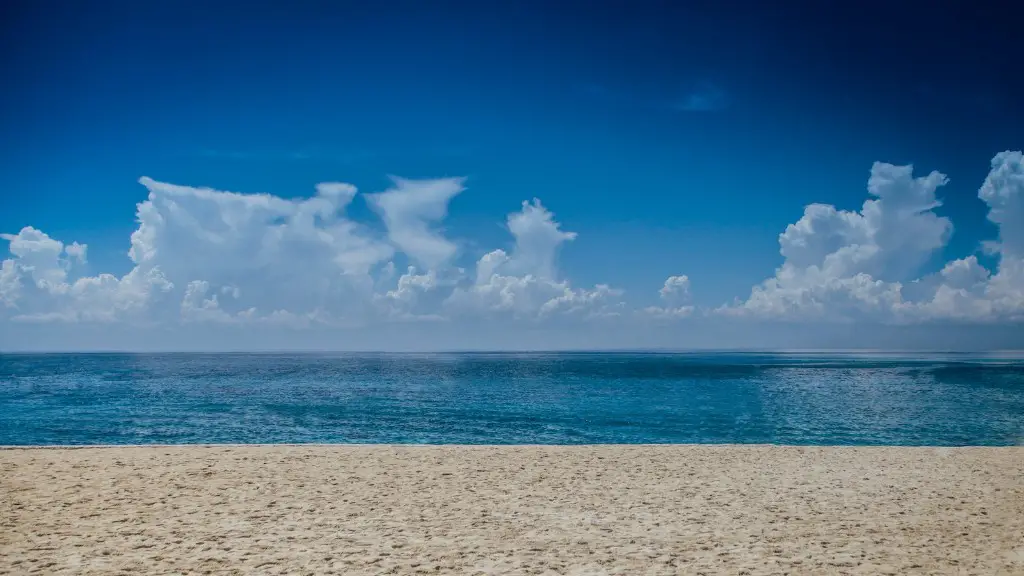The South China Sea dispute is a long-simmering conflict that has been the subject of heated debate since the mid-twentieth century. The area is one of the most strategically important in the world and its fate has become intensely intertwined with the geopolitics of the region. Five countries, China, Taiwan, Vietnam, the Philippines and Malaysia, lay claim to aspects of the region and its resources, which include fishing grounds, potential oil and gas reserves, as well as vital trade routes.
Until recently there had been little progress in resolving the dispute, with the Asian nations unable to agree on the issue of sovereignty over certain areas. China in particular has staked an assertive claim to much of the sea, unilaterally declaring it a ‘core interest’ of the nation and prompting a strong response from the other claimants. Advancements in the form of the 2002 Declaration of Conduct and a 2016 ruling by the Permanent Court of Arbitration seem to have little direct bearing on the dispute itself, as neither side has been incentivised to make concessions.
The conflict has been exacerbated by increased maritime activity from all the countries involved, with both civilian vessels and military fleets operating in disputed waters. This presents a danger of accidental escalation, as well as putting disproportionately vulnerable watercraft, such as fishing boats, at risk. The situation has been further aggravated by an unwillingness on both sides to discuss their differences at an international level, largely due to the two-way nature of the problem.
The difficulties posed by the South China Sea dispute have led experts to consider a more gradual, bottom-up approach to resolution. Recent discussions have highlighted the potential of managed shared-use agreements, with a joint body governing the shared resources and providing a platform for dialogue. This model has shown to be successful in other contexts, offering all parties a chance to participate in a cooperative endeavor.
The divisive nature of the conflict has meant that many of the potential solutions have been overlooked, with the current state of affairs seeming to favour those with the strongest military presence in the area. This has prompted considerable international criticism however, with the issue seeming to put a strain on many of China’s diplomatic relations. It is unclear at this stage how the competing nations will finally resolve the dispute, though a long-term and fair solution that benefits all of the parties is still some way off.
Balancing of Interests
Finding a solution to the South China Sea dispute that satisfies all parties involves a difficult balancing of interests. Despite being locked into a confrontational stance, each country must make compromises in order to move forward. The challenge lies in both recognizing that shared interests exist and making sure that they are fairly represented when decisions are made.
Structures such as economic unions and trade deals have been used as a possible solution in this regard, enabling the countries to share part of the region and its resources, instead of relying on military might. The feasibility of such agreements, however, depends on the willingness of all involved parties to relinquish some degree of control, in exchange for a greater common good.
Much of this hinges on the effectiveness of regional organizations, which should be able to provide an impartial platform for all countries to share their concerns and negotiate, as well as creating a structured environment to prevent environmental degradation and facilitate resources sharing.
These considerations have been taken into account by the tense nations, who have, so far, sought to evade the international community’s mediation attempts. This has led to a stalemate, with the slightly more conciliatory stance of some parties the only thing preventing the situation from deteriorating further.
Environmental Damage
The South China Sea dispute has caused considerable damage to the environment and has pushed vulnerable species to the brink of extinction. It has been widely reported that the combined effects of overfishing, rising sea temperatures and acidification, as well as toxic waste dumping, are affecting the delicate balance of life in the area.
Given the importance of the region’s biodiversity to all the countries involved, there is a pressing need for them to come together and address the problem. This is especially important given the intergovernmental agreements that were signed to protect the ocean’s biodiversity, such as the ASEAN-China Plan of Action.
In addition to the environmental damage, unresolved animosity and suspicion between the conflicting parties has contributed to a failure to impose enforcement measures and properly address issues of overfishing and illegal dumping. This has ultimately created a situation in which it is difficult to encourage sustainable usage of the sea, something that all the nations involved in the dispute are desperate to achieve.
The Need for Compromise
The South China Sea dispute highlights the precarity of the international system, and the need for compromise in order to achieve lasting peace. While the main conflict lies between China and its neighbours, finding a solution requires the input of all parties. This applies to nations outside the region too, who can use their influence to bring the two sides together.
Moreover, recent advancements in the disputes have been down to smaller, lesser-known organisations, such as the Fortune Forum or the Centre for the Dialogue of Civilizations. This has demonstrated the importance of smaller-scale initiatives, and their potential to break the diplomatic impasse between the regional powers that has kept the dispute simmering for decades.
Solutions to the South China Sea disputes must strike a balance between protecting national interests and preserving the environment. This means that all of the parties will have to be willing to make concessions and agree to a level of mutual limitation. Though this is a difficult task, it is not entirely impossible and there is still hope that the nations can come together and find a viable and lasting solution.
The Role of the International System
The South China Sea dispute casts a long shadow over the region and its future dependant on finding an equitable and sustainable resolution. The challenge posed by the situation has also forced the international system to consider its role in preventing and resolving such conflicts. In particular, the role of international organisations, such as the United Nations, in promoting a peaceful resolution of the dispute.
This has become apparent in recent years, with organisations such as the UN and ASEAN working to promote dialogue between the various parties. While progress has been limited to this point, discussions between the countries seem to be slowly progressing towards a joint resolution, with negotiations picking up some momentum.
It is also worth bearing in mind that the involvement of other nations in the process could move things along. Australia, for example, recently took part in joint naval exercises with the major players in the dispute, affirming its commitment to upholding of the international order. This kind of action speaks to the high level of involvement necessary to finally resolve the South China Sea dispute.
Responsible Resource-Use Management
In order to allow the parties to escape the stalemate protecting their respective interests, they must find an agreeable way of sharing the resources available in the region. This involves establishing responsible use management mechanisms, and developing the necessary economic, social and legal frameworks.
Creative solutions such as marine protected areas could be used to promote cooperation by offering a shared space for fishing, marine protected tourism and commercial activities using renewable energy sources. In addition, renewable energy sources could also offer opportunities to improve living standards in the region, as well as allowing cleaner operations to take place in the area.
Collective responsibility over resource-use management requires the development of confidence-building measures at a governmental level. This is more crucial than ever given the international tension and the potential for a negative-sum confrontation. These tensions must be replaced with cooperative policies, such as joint monitoring and the setting up of joint resource-use management boards.
The South China Sea dispute is complex and nuanced, and its resolution will involve a number of stakeholders. In today’s political climate, this will be no easy task, yet with a combination of incentives and strong diplomacy, a lasting solution could finally be within reach.





